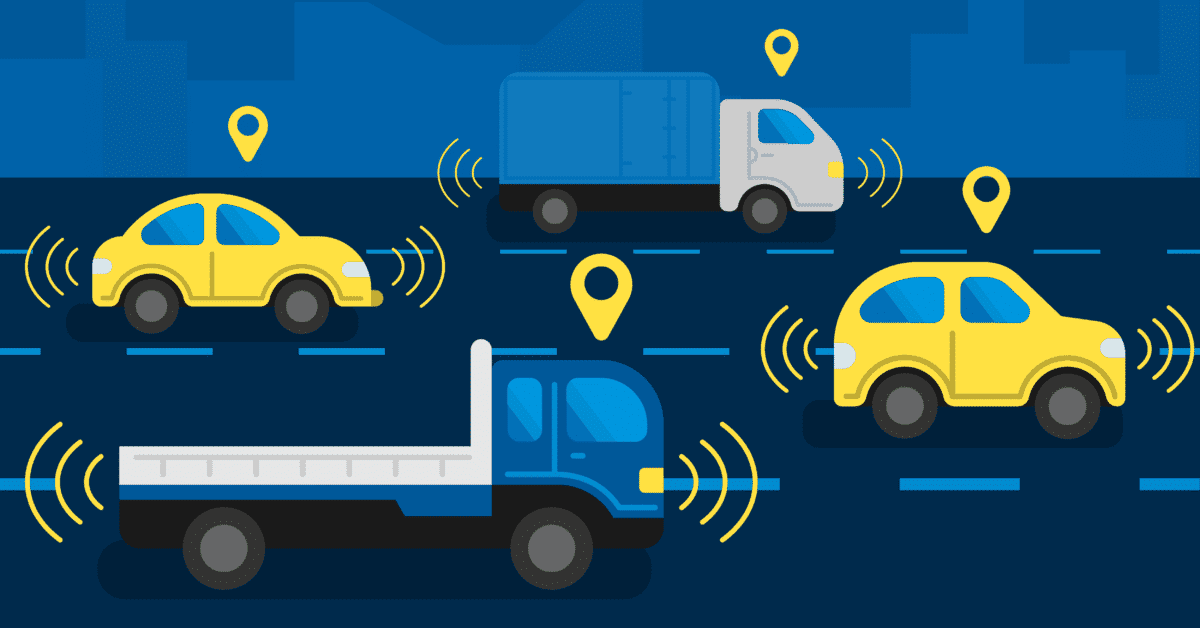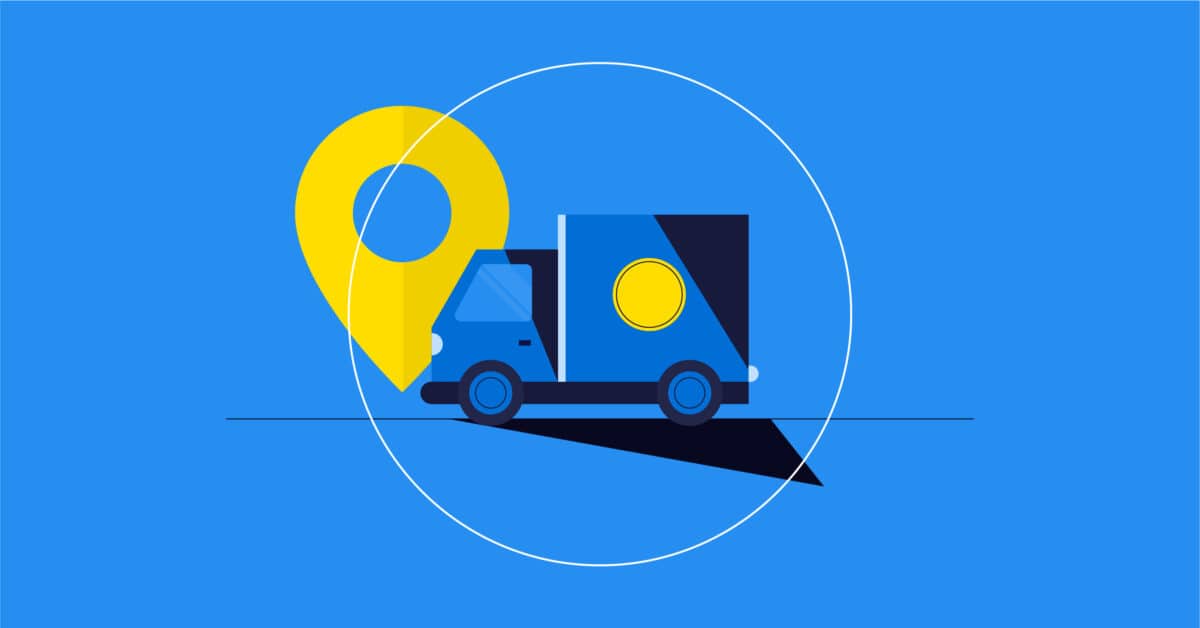In this article
Last-Mile Delivery
Last-Mile Delivery
What is last-mile delivery?
A term that references the delivery of products to the end customer, likely over a short distance from a depot, warehouse, or even today, the brick-and-mortar retail establishment.
Why is last-mile delivery route optimization important?
To meet the ever-increasing customer demand for fast shipping, specifically in the e-commerce, food, and retail sectors, companies are increasingly committed to optimizing delivery routes to make the process as fast and efficient as possible. It is essential to keep them happy and give them a great customer experience. It can also provide substantial cost savings for e-commerce companies and retailers, which is especially important as the number of shipments in most industries keeps rising rapidly.
What are the last-mile delivery challenges?
Due to the rapid evolution of last-mile delivery technology, it is an increasingly competitive sector with its share of new challenges. The first last-mile delivery problem is the delivery efficiency, which covers everything from end-customer interaction to the driver’s problem resolution. It is directly related to the difficulties associated with route optimization and planning.
Since getting orders to their final destination is the most expensive and time-consuming part of the entire shipping process, another problem is maintaining margins and dealing with increasing last-mile delivery costs. Last-mile shipping can represent 53% of the total cost of a shipment. In general, companies absorb about 25% of this cost themselves, but this figure is growing as inefficiencies in the supply chain become more and more expensive.
It can also be difficult to meet the customers’ demands, which are not the same if you are a transportation logistics company or a retailer. Some of the most popular requests are same-day or next-day delivery, free delivery, delivery time notification, delivery time rescheduling, easy returns, etc. In addition, it is easy for customers to turn to other businesses to do their shopping if they are not satisfied with the last-mile delivery service.

Source: eft
How can you solve last-mile delivery challenges?
There are a few ways to optimize the last-mile logistics and make the process more cost-effective and less time-consuming. First, companies can use route planning to reduce delivery delays, which means that each delivery driver has a specific and optimal itinerary to follow. This is an important consideration given that urban areas and rural areas have different realities, especially in terms of traffic and distance traveled to the destination. Thus, route planning should not be treated in the same way.
Second, with the right software and real-time data, they can strategically sort the packages and auto-assign them to the right driver, which can reduce the number of drivers needed to complete deliveries. Third, to enhance customer experience and offer better transparency, drivers should always produce proof of delivery to guarantee that an item has been delivered.
Fourth, to guarantee fast and on-time deliveries, you must have an effective fleet management strategy in place. It is essential to correctly dispatch and distribute vehicles to the proper destination, along the most efficient routes, with the appropriately skilled personnel, and within a defined time window and budget. With online marketplaces and digital tools, some suppliers can save even more time by offering direct to consumer as a service (DTC as a service), which means they can skip retailers and ship directly to customers.
What are the steps in the last-mile delivery process?
- Orders are digitally entered into a centralized system and tracked via the e-commerce mobile app, SMS, or email by the sender and the end customer using a last-mile delivery tracking number.
- Orders arrive at the warehouse or depot ready to be delivered to the end customer. Companies are responsible for ensuring that the order gets from its point of origin to the customer as quickly as possible.
- Orders are distributed to delivery personnel according to routes and recipient addresses.
- Orders are scanned before being loaded onto delivery vehicles, updating their tracking status and minimizing the risk of losing them.
- Orders reach the end customer, proof of delivery is provided, and tracking information is updated.
What are the products Korem offer to optimize last-mile delivery?
We offer a full range of last-mile delivery technologies from HERE, such as HERE Location Services software. It allows users to be guided to their destination. We also offer the following data:
- HERE Map Data: ensures the quality of real-time tracking of the vehicle fleet.
- HERE Real-Time Traffic: enables routing applications to get drivers to their destinations faster and more efficiently.
- HERE Speed Limit Data: provides speed limits for a road or road segments.
- HERE Traffic Data: reduces and resolves delays, helping your team get to their destination in the fastest, safest, and most cost-effective way.
- HERE Truck Data: keeps drivers safe, minimizes delays, and optimizes loads for delivery times and shipping requirements.


